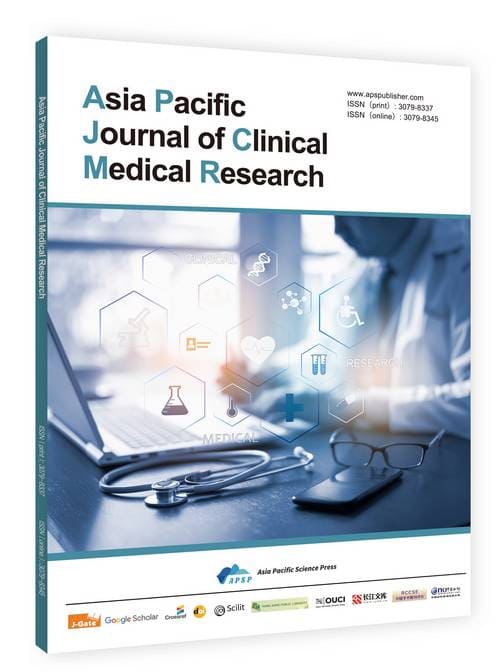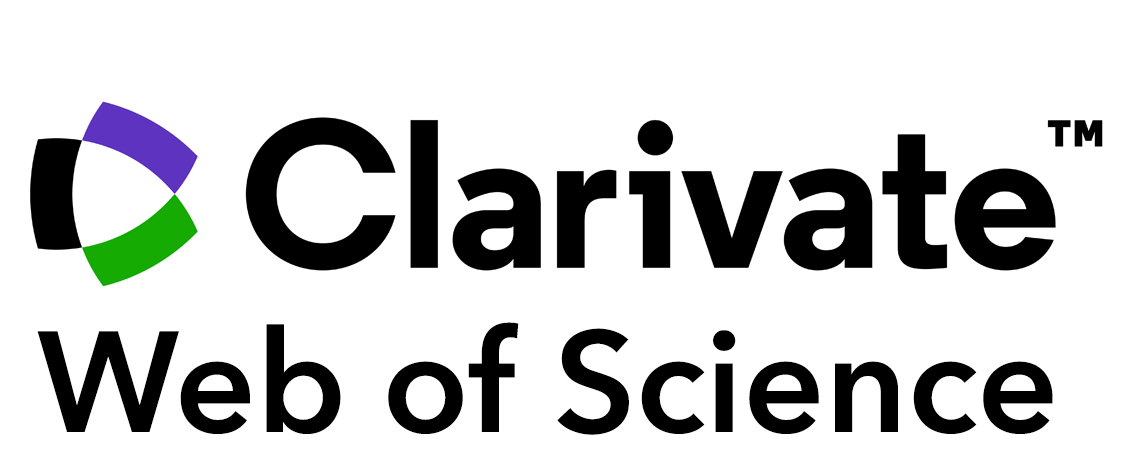Effectiveness of Research-Oriented Integrated Nursing Interventions on Cancer Pain Management in Chinese Hospitalized Oncology Patients A Systematic Review and Meta-Analysis
DOI:
https://doi.org/10.62177/apjcmr.v1i3.426Keywords:
Meta-Analysis, Hospitalized Oncology Patient, Cancer Pain Management, Nursing InterventionAbstract
Objective: To systematically evaluate the effectiveness of research-oriented integrated nursing interventions on cancer pain management in hospitalized oncology patients in China. Methods: A computerized search of Chinese and English databases was conducted to identify relevant studies. Two researchers independently assessed the quality of included literature using the Newcastle-Ottawa Scale (NOS). Data were extracted and analyzed via Stata 14. A random-effects model was applied due to significant heterogeneity (I² > 50%). Sensitivity analysis and Egger’s test were performed to assess bias. Results: 12 eligible studies (2014–2024) were included. Meta-analysis demonstrated that integrated nursing interventions significantly reduced cancer pain scores compared to routine care (SMD = -1.51, 95% CI: -1.90 to -1.12; I²= 84.8%), with superior efficacy. Subgroup-analyses revealed enhanced effects for "Nursing modes" (SMD = -2.11) and "cancer pain education" (SMD = -2.30). Conclusion: Research-oriented integrated nursing interventions significantly improve cancer pain management in Chinese hospitalized oncology patients, particularly through synergistic effects of "Nursing modes" and "cancer pain education." However, implementation bias from "additive interventions" in teaching hospitals and high heterogeneity warrant attention. Future studies should optimize designs to enhance clinical applicability.
Downloads
References
Stroup, D., Berlin, J., Morton, S., et al. (2000). Metaanalysis of observational studies in epidemiology: A proposal for reporting. JAMA, 283(15), 2008–2012.
Duan, L., Chen, J., Guo, Y., et al. (2023). The application of drug titration nursing based on the "5A" goal in cancer outbreak pain. Nursing Research, 37(14), 2640–2642.
Zou, J. (2020). The value of pain care for patients with cancer pain in the oncology department. Chinese and Foreign Medical Research, 18(08), 89–91.
Zhang, S., Zhao, L., Zhao, X., et al. (2014). Observation on the effect of comprehensive nursing intervention combined with morphine application on burst pain in patients with advanced tumors. Western Medicine, 26(09), 1244–1245, 1248.
Wang, C., Jiang, Y., & Liu, J. (2023). The application of comprehensive nursing combined with mindfulness-based stress reduction therapy in patients with cancer outbreak pain. Psychological Monthly, 18(21), 174–176.
Cui, F. (2019). Observation on the effect of pain education intervention in the nursing of patients with cancer pain caused by malignant tumors. Disease Surveillance and Control, 13(03), 233–234, 243.
Liu, Z., Qin, T., & Xie, T. (2019). The influence of traditional Chinese medicine emotional care combined with Lizhao SAN moxibustion on patients with cancerous abdominal pain complicated with ascites. Qilu Journal of Nursing, 25(11), 68–70.
Wang, X., Yu, G., & Shao, X. (2022). Pain nurse comprehensive evaluation research on the influence of standardized treatment pain. Journal of Jiujiang University (Natural Science Edition), (02), 125–128.
Liu, P., & Lu, Y. (2024). The intervention effect of family-style participation in dignity therapy on patients with advanced gynecological malignant tumors. Chinese Journal of Family Planning, 32(07), 1578–1581.
Wang, J., Li, J., Li, Y., et al. (2024). The application effect of whole-process pain management in patients with pain from bone metastasis of advanced lung cancer. Cancer Progression, 22(01), 44–47, 91.
Quan, X., Deng, X., Fang, L., et al. (2022). The application of auricular point embedding combined with standardized cancer pain management strategies in self-care for elderly cancer pain patients. Qilu Journal of Nursing, 28(15), 111–114.
Xue, S., He, L., Wu, H., et al. (2020). The influence of integrated medical and nursing management on patients with advanced tumor cancer pain. Qilu Journal of Nursing, 26(11), 78–80.
Wang, L., & Wang, L. (2022). The application of team model management of cancer pain nursing strategy in patients with moderate to severe cancer pain. Nursing Practice and Research, 19(01), 120–124.
Lu, T., Wu, Y., Hu, R., et al. (2020). Research on the application effect of drug therapy management in standardized treatment of cancer pain. Chinese General Practice, 23(17), 2142–2146.
Chen, X. (2019). Clinical observation on the treatment of cancer pain with Shen-regulating acupuncture [Master’s thesis, Guangzhou University of Chinese Medicine].
Su, W., Chuang, C., Chen, F., et al. (2021). Effects of Good Pain Management (GPM) ward program on patterns of care and pain control in patients with cancer pain in Taiwan. Supportive Care in Cancer, 29(4), 1903–1911.
Zhao, Q., Qiu, X., Liu, W., et al. (2024). Application of a WeChat mini program to provide pharmaceutical care for cancer pain patients: A randomized controlled trial. Journal of Digital Health, 2024102552762125654–20552076241255654.
Xu, Q., Wu, L., & Wang, J. (2016). Systematic review of the impact of nursing intervention on pain management in patients with cancer pain. Nursing Research, 30(19), 2322–2327.
Downloads
How to Cite
Issue
Section
License
Copyright (c) 2025 Honglong Zhao, Daiheng Lin, Tian Xie

This work is licensed under a Creative Commons Attribution-NonCommercial 4.0 International License.
DATE
Accepted: 2025-06-16
Published: 2025-07-07

















